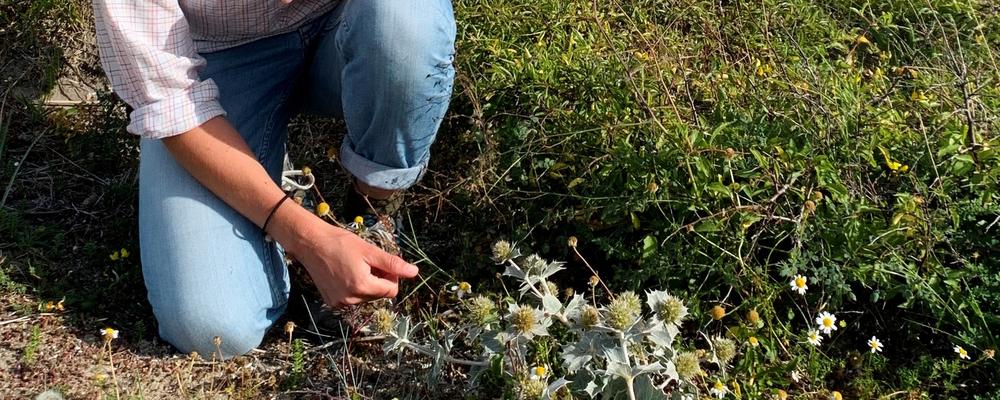Image

Photo: Allison Perrigo
Page content
Our Partners
The GGBC is made up of 18 partner organisations. The diversity of our partner organisations, ranging from academic to public organisations, enables us to provide a wide platform where collaborations among researchers, educators, and stakeholders can thrive.
GGBC partner organisations
The GGBC is made up of 18 partner organisations. Full partnership involves a written agreement and annual financial contribution to the centre. The current partners include seven departments and centres at the University of Gothenburg, as well as eleven external partners from around western Sweden.
